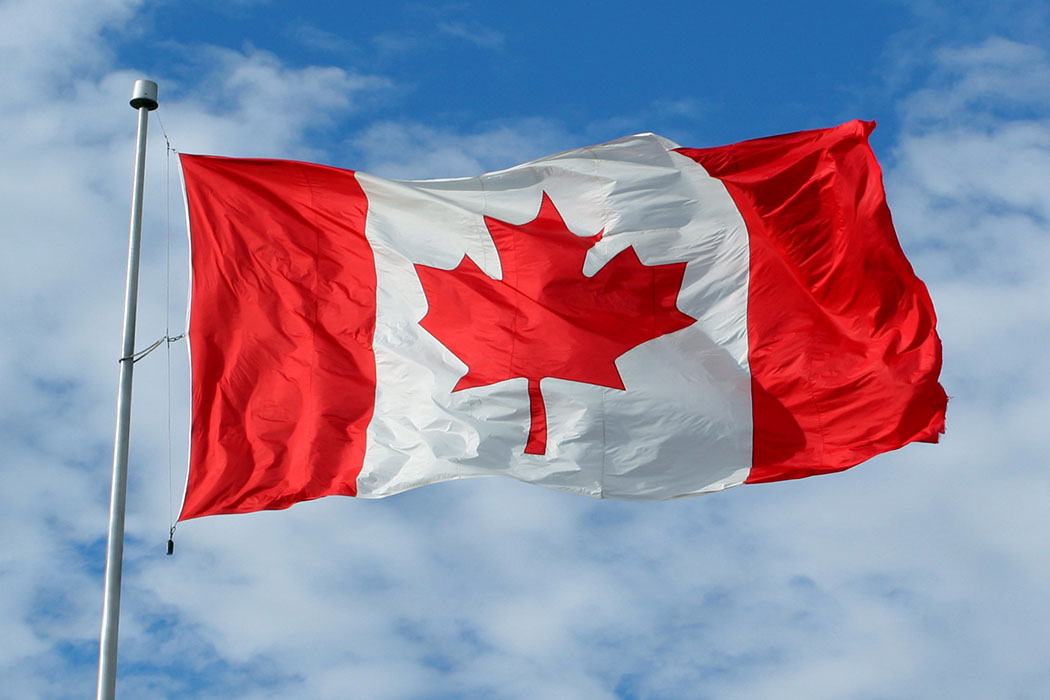
The Canada Border Services Agency (CBSA) published proposed changes to the valuation method that applies to most Canadian imports. If these proposed changes are implemented as currently written, importers—both residents and non-residents—may be required to declare their selling price to domestic Canadian customers. What does this mean for your supply chain?
The largest impact of this change could lead to higher duty payments and outlay of the Goods and Services Tax (GST), but there are many variables to consider.
Proposal: Move to a “last sale” model
The modifications to Canada’s Value for Duty Regulations propose the relevant transaction is the last sale in a series of sales for export to Canada. While the CBSA states these changes would close perceived loopholes they allege some non-resident importers (NRIs) are using to declare an earlier sell price, the proposed language applies to resident and non-resident importers alike.
Which sale is the relevant sale?
When assessing the value for duty of imported goods, you must first identify which sale is the pertinent sale that influences this determination. The overwhelming majority of import entries are valued under the Transaction Value method. This is defined as the price paid or payable in a sale for export to Canada to a purchaser in Canada.
Today, a purchaser in Canada can be defined as any of the following:
- A Canadian resident
- A person with a permanent establishment in Canada through which they carry on business
- A non-resident importing goods on speculation for the Canadian Market
If an importer meets any of those requirements, their FOB purchase price forms the basis of the value for duty.
If a non-resident has agreed to sell to a Canadian customer, the value for duty is (or should be) based on that selling price to the Canadian customer.
Examples of existing rules vs. proposed
Under the proposed rules, the purchaser in Canada is the last person who has entered into an agreement, understanding, or any other type of arrangement to purchase goods for export to Canada. None of these are defined in the proposed regulations.
Existing regulations

In the example above, Big Box Distribution has entered into an agreement to purchase goods from Canada Import Co. Canada Import Co contracts with China Export Co. to fulfill the Big Box order. Canada Import Co. is a Canadian resident company. They therefore qualify as a purchaser in Canada. Under the existing rules, the relevant sale for customs purposes is the sale between China Export Co. and Canada Import Co. This sale forms the basis of the value for duty.
Proposed regulations

Under the proposed rules, the same scenario leads to a significantly different outcome. Big Box distribution would be the purchaser in Canada, because they are the last person who has agreed to purchase goods for export to Canada. As such, the relevant sale for customs purposes would be the sale between Canada Import Co. and Big Box Distribution. As the proposal is currently written, this sale would form the basis of the value for duty, even though it is a domestic transaction.
What’s next for the proposal
After the CBSA published the proposed changes, there was a 60-day window for individuals and organizations to file comments—and many did. In fact, they pointed out this would impose a financial and administrative burden on Canadian importers and further inflame the inflationary environment. Moreover, many explained that if implemented as written, the changes would result in a loss of income tax revenue and Canadian job losses, as companies may simply choose to stop doing business in Canada.
The CBSA responded that it was not the intent to target sales made by Canadian resident companies. In any event, that is the result if the proposal is implemented as currently written. The CBSA has stated that they will continue to review the comments “in the months to come.”
Watch for further updates
C.H. Robinson will continue to monitor the situation and provide updates as they are available. If you would like more information about these changes, you can view them in their entirety in the Canada Gazette (Part 1, Volume 157, Number 21).
Stay informed
Developments in customs and trade continue to evolve—stay informed to be prepared:
- Connect with our trade policy experts
- View our Trade & Tariff Insights
- Subscribe to our Client Advisories



